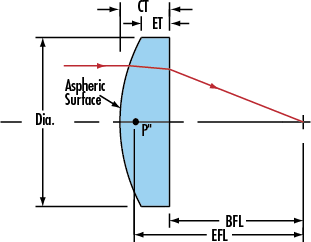In the current industrial design process, all product-related information—whether from a target model or a product model—can be exported. This includes detailed structural and manufacturing data that can be tailored according to specific needs. However, it's expected that future industrial design will no longer rely on traditional assembly or part drawings. Still, this shift is not yet possible for three main reasons: First, existing 3D CAD systems are still lacking in providing all necessary data for both product description and manufacturing. The full realization of these capabilities depends on continuous improvements in 3D design technology. Second, not all internal or external stakeholders have the required infrastructure to directly use the target model. Third, due to the visual nature and direct control features of the model, some critical information must still be included in drawings. Nevertheless, the traditional part drawing as the sole technical document is likely to become obsolete in the near future, marking the end of an era familiar to many designers.
Looking ahead, future industrial product design models will go beyond simple geometric descriptions. They will include comprehensive data about the product’s behavior, performance, and lifecycle. For example, a nylon conveyor belt model could not only define its physical structure but also simulate how it operates under real-world conditions. Some examples of such advanced models include: 1) modeling rigid body dynamics within assemblies; 2) analyzing deformation and stress states using spring and damping properties; 3) simulating thermal expansion and heat load through temperature models; 4) predicting corrosion and wear effects; and 5) creating multi-action models to enhance product quality during the production process. The goal of industrial design modeling is to capture every aspect of a product as accurately as possible. To reach this goal faster and more efficiently, there is a need for affordable computing power, increased memory capacity, and innovative software solutions. The ability to simulate a product's operation and lifecycle in advance offers exciting possibilities, ultimately leading to more realistic and reliable final products.
Hemispherical Aspherical Lens
Aspheric lenses can increase the numerical aperture of a lens while minimizing system aberrations. Aspheric lenses may also reduce the number of elements needed in a multi-element system. Aspheric lenses can reduce overall system weight while providing advantages such as increasing throughput or simplifying assembly.
Convex Aspheric elements are used to reduce aberrations, aspheric lens is ideal for light collection, projection, illumination, detection, and condensing applications.
China Star Optics has strong and comprehensive technical capability, manufactured various aspherical products,including infrared material ZnSe,Ge,Si,ZnS etc.has already application in various high technology project and products.Â
                           
                                  Aspheric Lens
Â
Â
Â
Hemispherical Aspherical Lens,Molded Aspherical Lenses,Molding Process Aspheric Lens,Molded Glass Aspherical Lens
China Star Optics Technology Co.,Ltd. , https://www.csoptlens.com

![<?echo $_SERVER['SERVER_NAME'];?>](/template/twentyseventeen/skin/images/header.jpg)